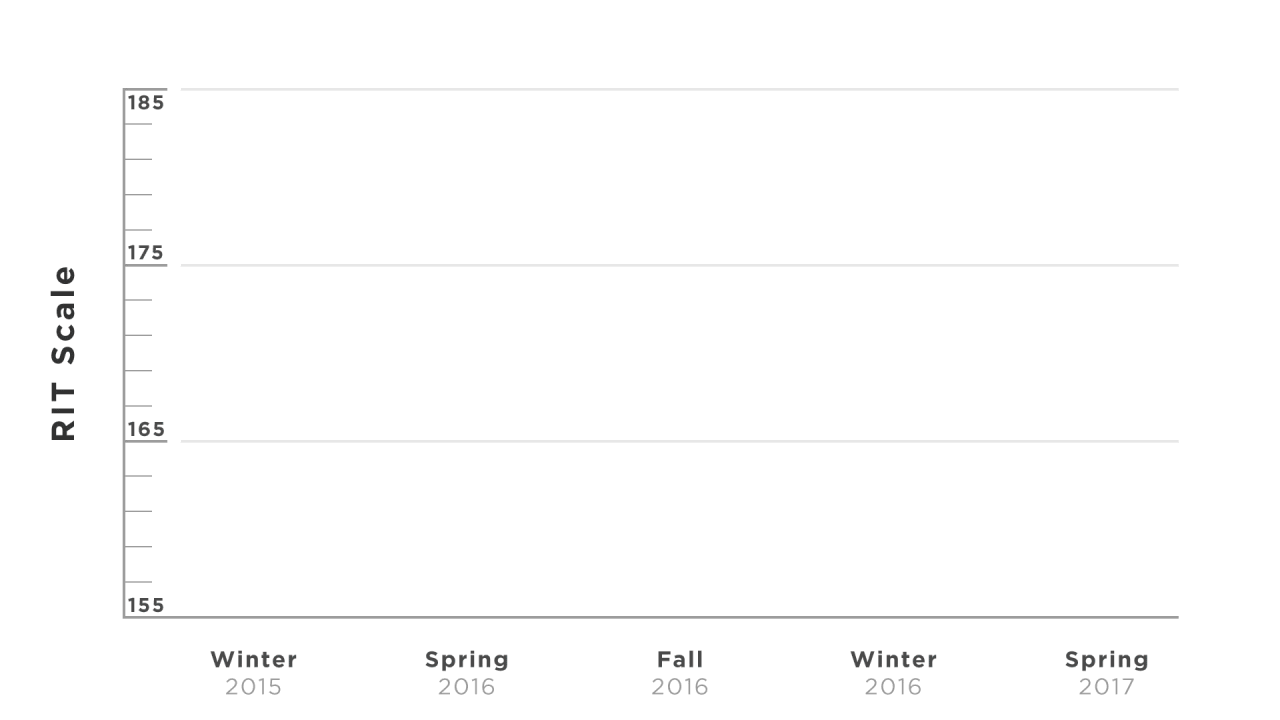Adventist Education uses MAP Growth standardized testing. MAP Growth measures what students know and informs what they’re ready to learn next. By dynamically adjusting to each student’s responses, MAP Growth creates a personalized assessment experience that accurately measures performance. Performance reports help teachers teach, students learn, and administrators lead.
For reporting purposes, MAP Growth data is imported to Data Rollup. Data will also export to Accreditrac for school accreditation. Three points of data must match between the SIS and Data Rollup in order for the import to take place:
- NAD Student ID
- birthdate
- full legal name
If there is ANY discrepancy with this information, the data will not correctly import to the Data Rollup Reports.

MAP Growth Testing
What is MAP Growth?
Each student has their own talents, challenges, and ways of learning. Measuring student growth is valuable because it gives teachers information that helps them support learning for every student. MAP Growth is an online assessment for Grades 3-12 in the subject areas of Science, Math, Reading and language usage that is available in both English and Spanish. There is also a K-2 MAP Growth option.
The Student
- Takes MAP test three times each year.
- Reviews MAP data, reflecting on their results and the areas where they need to focus.
- Sets growth goals for the following MAP test.
The Teacher
- Reviews class MAP data and modifies instructional focuses based on need.
- Reviews individual MAP data and provides targeted instruction to small groups with similar knowledge gaps.
- Modifies individual learning goals for students, providing extra review and support for areas of need, and minimizing exposure to content already mastered.
The Online Tools
- Provides an online assessment platform to attain benchmark data.
- Provides easy to read and understandable data for individual students and classes.
- Provides online content that can help address learning gaps identified with MAP data.
Growth Over Time
MAP Growth reveals how much growth has occurred between testing events and, when combined with our norms, shows projected proficiency. Educators can track growth through the school year and over multiple years.
1. The test will be based on NAD standards.
NAD Educational standards describe what students should know and be able to do. The NAD curriculum is based on these standards. MAP assessments are particularly useful in standards-based education, as they measure students’ academic growth in gaining the knowledge described in the NAD standards, as well as the level of understanding the student has achieved.
2. The test will use a scale with equal intervals over time.
MAP Growth will allow teachers to assess “has each student in my class grown, and how much?” MAP Growth has a built-in scale that uses the same equal intervals for every grade, from pre-kindergarten all the way through twelfth grade. By measuring students’ performance multiple times teachers can assess their student’s growth between measurements and details about that growth—is the student growing more slowly now than they were last year? Is she growing faster? About the same? This detail tells you important information about a student’s learning progression and lets you know if you need to intervene.
3. The test will measure a student’s performance correctly.
Equity in the classroom demands an assessment that accurately measures the growth of every student. MAP Growth will do more than measure whether third graders have mastered third-grade skills. It will also highlight the students who are still struggling with second-or even first-grade skills. In addition, it will provide useful information about the same third graders who are working at a fifth-grade level. It provides immediate information to teachers so they can: understand what students know and need to be taught next, if they’ve missed out on a key concept, or if they’ve met their goals and are ready for more complex challenges.
This page draws directly from information provided on NWEA’s website.
How does it work?
How does MAP Growth measure what students know and what they’re ready to learn?
Training & Resources
"Introduction
to MAP Growth"
by Leisa Standish
Contact your conference for training, licensing, and testing dates.